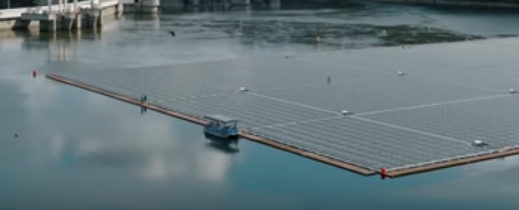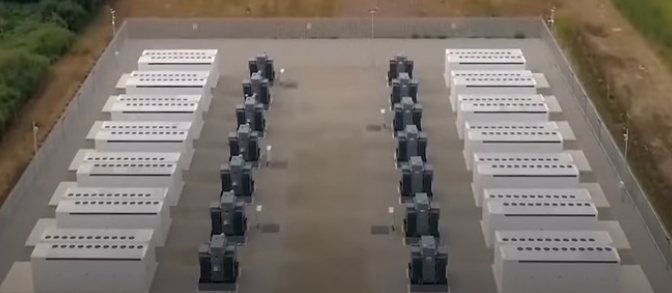This is a lot more than a simple yes/no question. Managing the electric grid is complicated by the fact that the total load varies quite a bit at different times of day. Different generation sources are used to deal with this. Sources that cannot be quickly turned on and off (nuclear is a good example) are used to support the base load. Peaker plants (natural gas and diesel are common) are then used to meet peak demands.
To understand this think about the electric demand in your home. While you are asleep the demand is low. When you get up you may take a shower, cook breakfast and such. Then, when you go to work, demand will continue to be low until you return home. Then, in the evening, cooking again, using your computer or TV and such until bedtime.
Battery storage is being added to electric grids to help level out the supply/demand differences. This means that PV solar and wind energy can be stored when available for later use.
In general, minimum demand is at night — say between 10PM and 6AM. If this is the situation where you live, there is likely excess capacity available at these times to charge electric vehicles.
The recent trend is to add more local supply (e.g., rooftop solar) and local storage (e.g., PowerWalls and EVs) to help level out supply and demand. This trend will “extend” what the grid is capable of.



